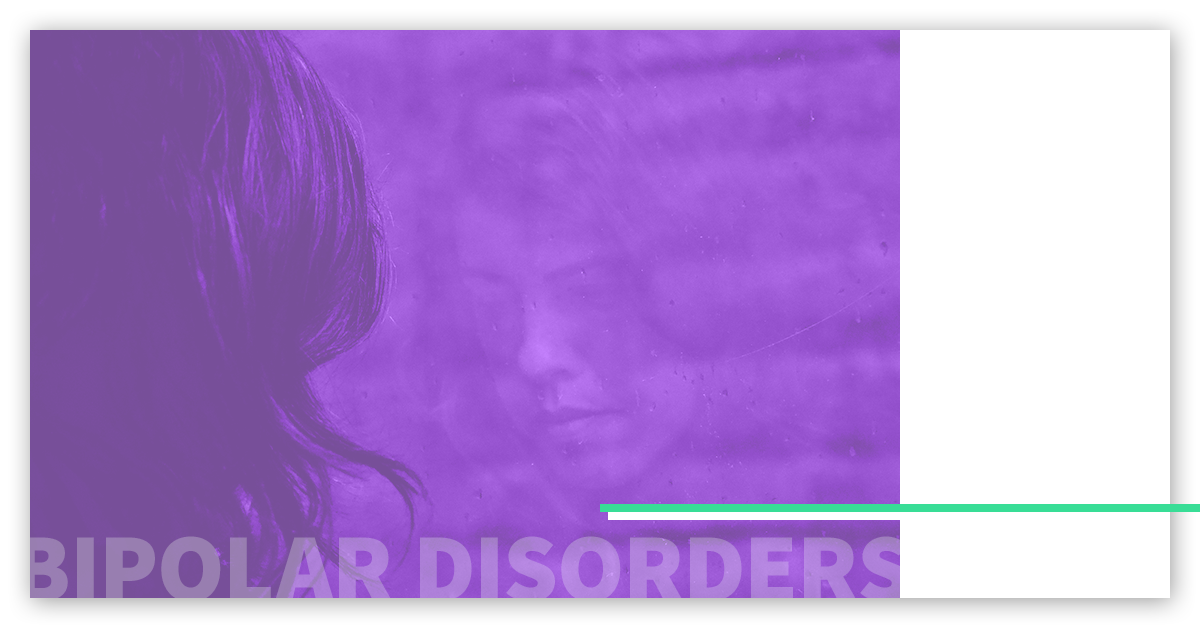Bipolar Disorders

LISTEN TO THIS ARTICLE:
The types of Bipolar Disorder make up the most modern understanding of what was traditionally called “manic-depression.” People with bipolar disorders experience mood swings that send them from excited, amped-up highs to exhausted, depressed lows, and everything in between.
What are the types of Bipolar and Related Disorders?
We all experience natural variations in our moods. Some days we awake feeling more positive and energetic than others; it is a normal part of life. However, some people experience much more severe extremes. These extremes are mania, hypomania, and major depression.
Mania and hypomania are episodes of increased energy, euphoria, ambition, and irritability that last from a matter of hours up to several days or even weeks. The main differences between the two are duration and severity. Mania lasts longer and impairs functioning much more so than hypomania. Think of hypomania as a kind of milder ‘toned down’ mania.
The third part to the puzzle is major depression, which consists of episodes just like those described in Major Depressive Disorder. Decreased energy and motivation, depressed mood, and potential suicidality can occur during this time.
The old term manic-depression has been replaced with a more nuanced view that includes three types of bipolar disorder: Bipolar I, Bipolar II, and Cyclothymic Disorder.
People who experience manic episodes have Bipolar I, while those with hypomanic episodes have Bipolar II. The diagnosis of Bipolar II also requires major depressive episodes to occur. Bipolar I does not necessarily include major depressive episodes, though they do often occur. Individuals with Cyclothymic Disorder suffer years vacillating between mild depressions and mild hypomanias that never quite become full-blown episodes.
Who gets Bipolar and Related Disorders?
Family trends
People whose parents and siblings have these disorders are at higher risk of developing them as well, and the risk increases with additional affected family members.
Stress triggers
Stressful events frequently coincide with first episodes of mania, hypomania, or depression. Even small stressors can set off mood episodes, especially if people don’t stick to their treatment or lack a support network. A big, positive life experience can also set a manic episode in motion.
Suicide risk
There is a much higher risk of suicide for people with types of Bipolar and Related Disorders. They have twice the risk of those with Major Depressive Disorder and 20 times the risk of the general population. Statistics show that roughly 40-50% of these patients attempt suicide at some point.


 Learn
Learn Find Help
Find Help